5 min to read
Hindustan Motors: the iconic and historic car makers
The forgotten King of Indian Roads
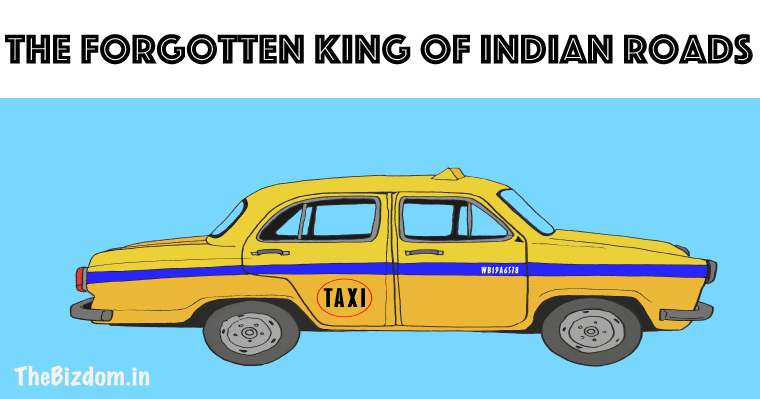
The Birlas
If today’s capitalist are been mocked as Ambani-Adani, then it was an era of Birla-Tata. The four Birla brothers, Jugal Kishore, Rameswar Das, Ghanshyam Das and Brij Mohan were the leading industrialist of India, and they all were still united as a Birla Brothers.
BM was very excited about the western world’s AUTO industry and was experimenting on his own to get into this. So, in 1942 they decide to start Hindustan Motors at Port Okha. Why Hindustan as a name?
Well, they already had a business named as the Hindustan Times!!
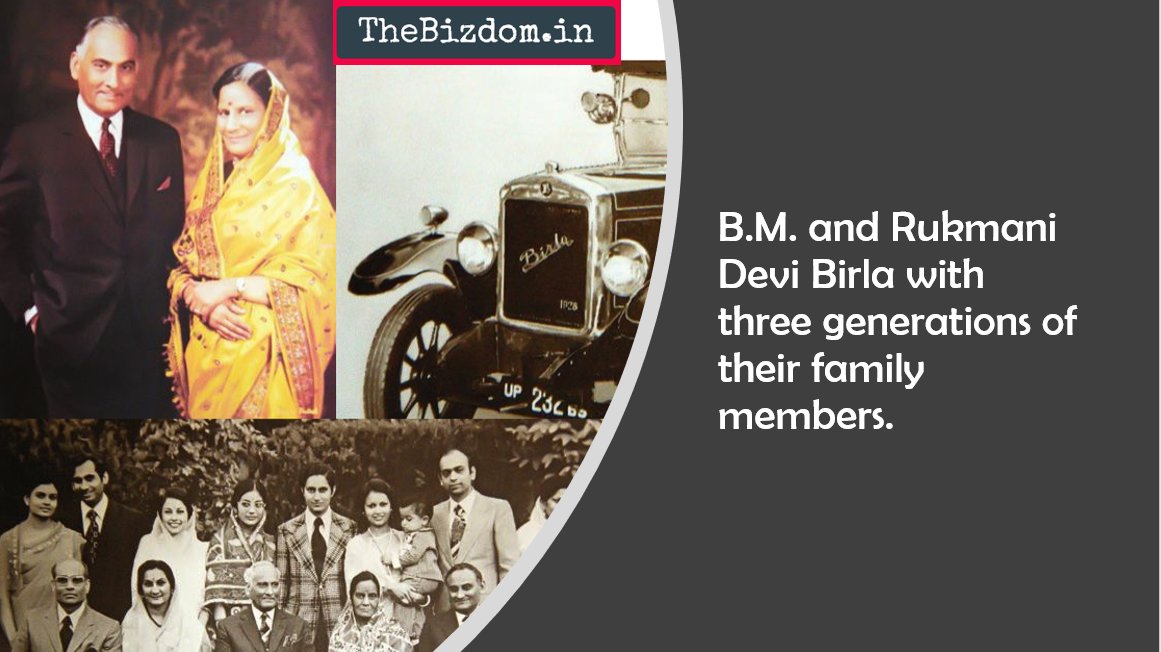
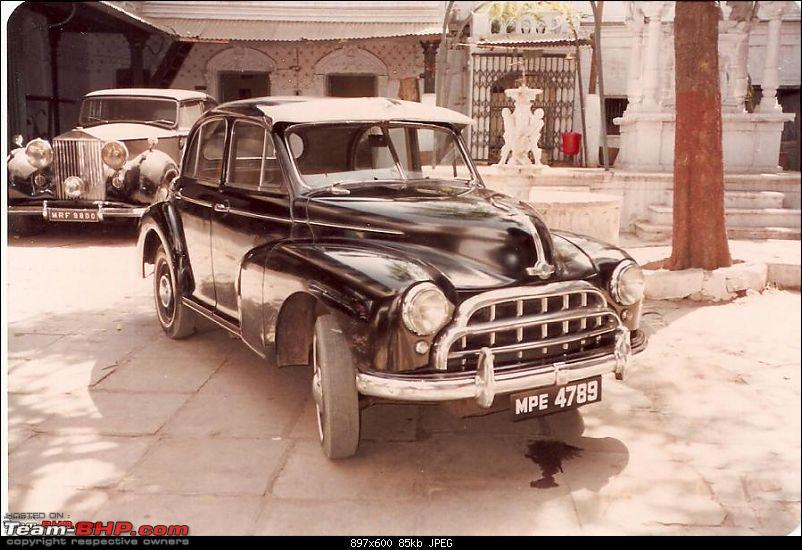
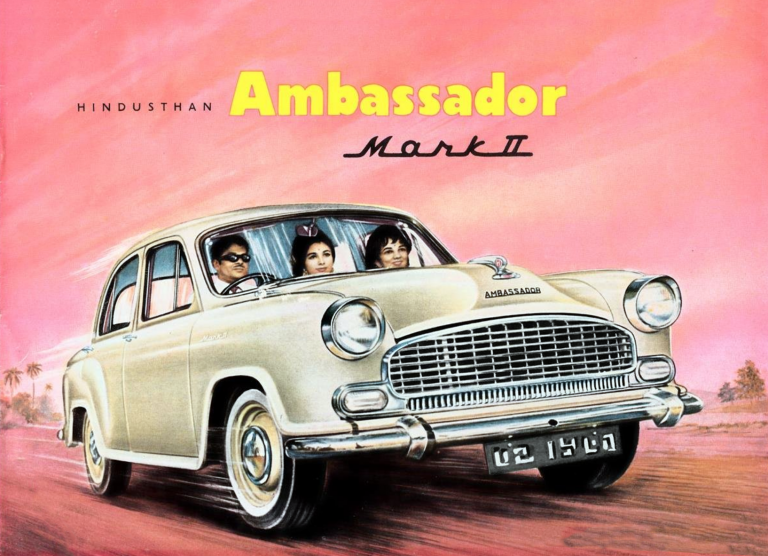 And, finally, in 1957, they had adopted Morris Oxford III (from Morris Motors). It was a Greenfield for them, as they had a TINA (“There is no alternative” ) factor advantage. The next alternative only came with 1962 Fiat design produced by Premier Automobiles.
And, finally, in 1957, they had adopted Morris Oxford III (from Morris Motors). It was a Greenfield for them, as they had a TINA (“There is no alternative” ) factor advantage. The next alternative only came with 1962 Fiat design produced by Premier Automobiles.
All was going quite well. So much so that they were getting the licence to manufacture iron and steel castings and forgings to take advantage of existing unutilised capacity. But then with not much competition, they preferred to go for a short-cut, i.e just import steel.
While the car was reasonably up-to-date technology when it first came into production in 1958. But, since there were very little incentive and scope for innovation and business expansion. Not much work was to be done for any improvements.
Hindustan Motors was our pioneering automobile co. making Cars and Truck. Ambassador was a power symbol of the nation. It was the official vehicle for the country’s presidents, prime ministers and other politicians.
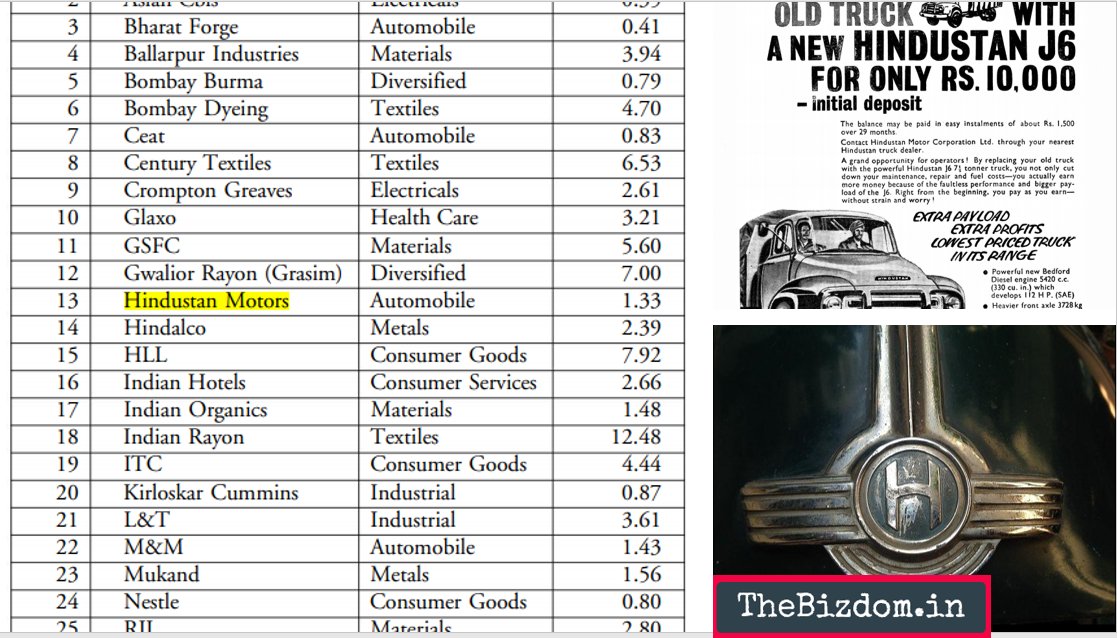
Mad Prince
Then came a Mad Prince. Determined to have a People’s car. He started building a Car factory in the cowshed, but it was all in vain.
Sanjay Gandhi was the only recipient of a licence to produce 50,000 cars out of many applicants, and Bansi Lal as Haryana chief minister provided 300 acres of prime land in Gurgaon for the project.
The bumpy Indian Road was just not ready to accept any western world’s prototype. Then in a sudden event, Prince died.
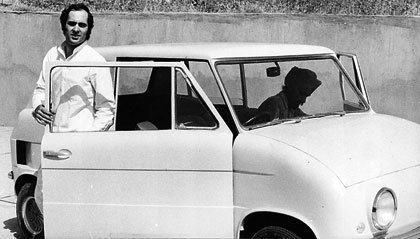
Ambassador was ‘The car that won’t die soon’.
Still, Ambassador was ‘The car that won’t die soon’. HM started work on the Hindustan Contessa, collaborating with Vauxhall for the body and Isuzu for the engine. Contessa had a body larger and heavier than the Ambassador but it introduced it with the same engine as the Ambassador. The car was way too underpowered.
Then, came a classic attack on Capitalism. The prolonged labour trouble under the Left govt was no too hard to ignore. Uttarpara plant had a workforce of 14,000 employees and wage was ~ 22% of plants expenditure. Against the standard output of 8-10 cars per employee per annum. The plant’s output was as low as 3 cars per employee. Then, the wagon-building industries in Bengal were completely at a standstill. J.K. Aluminium was closed, so were others. HM decided to move out. But it was too late.
When HM was the marker leader, they were able to sell whatever it produced and thus it did not care to upgrade the technology or production facilities. But now Maruti was putting a gun on their head. And, the final nail in the coffin came via LPG policy.
India was now an open market. But HM was still in demand. By 1994 they had a JV with then world’s biggest carmakers: General Motors . They were to make Opel Astra in India. But with ageing management and almost no updated know-how, it was also not working out.
END GAME
GM bought out the Halol, Gujarat plant from them in 1999. Then came the alliance with Mitsubishi. By now, HM had 3 production lines: Red: Lancer. Blue: Ambassadors/Contessa. Green: Trekker (rural markets ) and HM RTV. But then, the END GAME Just Begun.
As a cost-cutting exercise, HM’s VRS for workers was rejected by the Bengal govt. And, we were seeing the cars from Daewoo, Daimler Benz, Hyundai, Honda, etc. And, experts were calling their CARS not only lacking aesthetic but also failing in aerodynamic designs.
By Nov. 1997, they had 2835 Ambassadors, 146 Contessas. By Oct. 98, it was 1385-A and 33-C. In 2013, they had sold a total of 2,200 Ambassadors in a full year. Then on May 24, 2014, production of the car was discontinued. BTW, they also tried selling the Chinese product! As they launched the first Chinese commercial vehicle in India. The 1-tonne-capacity mini-truck, priced below Rs 4 lakh, produced under licence from Shandong Shifeng of China.
Finally, in 2017 that the company had made an agreement with the Peugeot Group on a sale of the Ambassador brand. Ambassador, including the trademarks, will be transferred to the PSA group for a consideration of Rs. 80 crore.
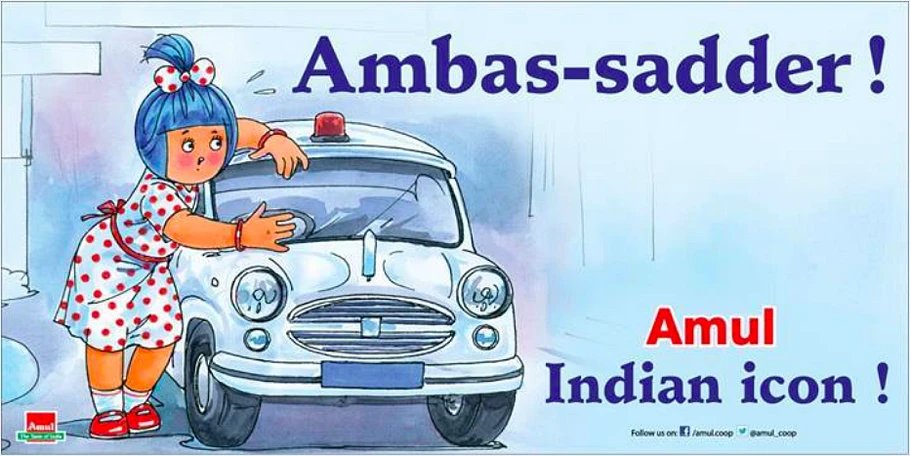
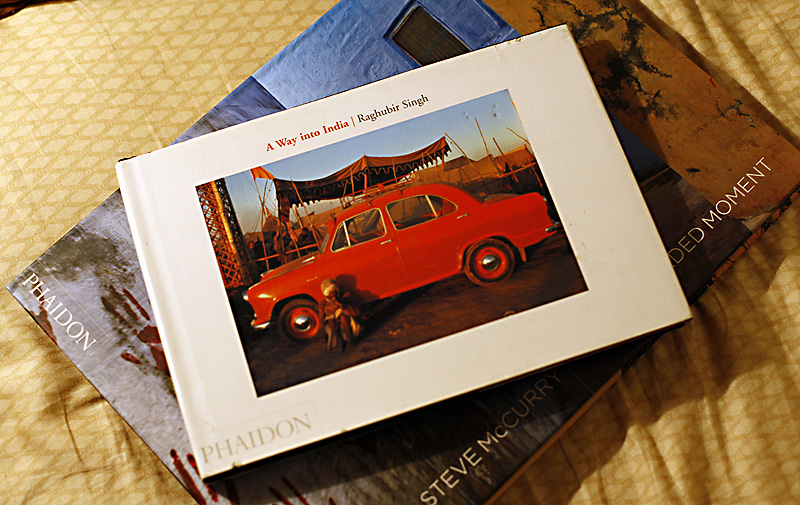 The brand also feature on the cover of the book by the famous photographer - Raghubir Singh
The brand also feature on the cover of the book by the famous photographer - Raghubir Singh
A red Ambassador on its cover, what could be more iconic!.


